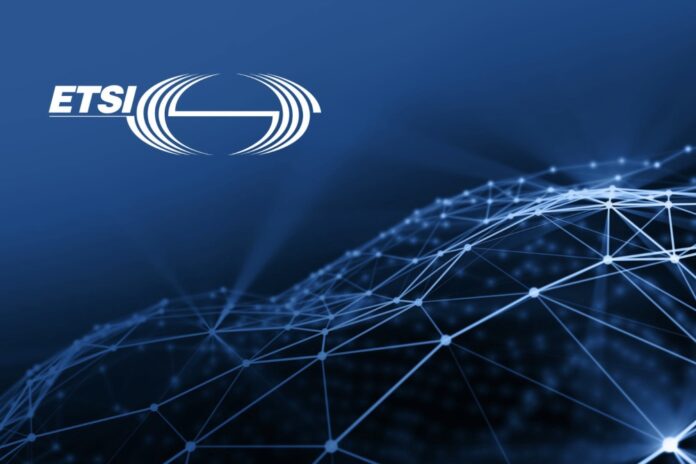Europe’s standardisation efforts for 6G are gaining momentum
ETSI has established the Industry Specification Group (ISG) on Multiple Access Techniques (MAT) for 6G mobile systems. This new group aims to build industry consensus on multiple access techniques, focusing on enhancing transmission efficiency across parameters such as spectrum efficiency, power consumption, latency, and user fairness.
The ISG MAT will explore candidate techniques like Orthogonal Multiple Access (OMA), Spatial Division Multiple Access (SDMA), Non-Orthogonal Multiple Access (NOMA), and Rate-Splitting Multiple Access (RSMA). The group will also consider various deployment environments, including indoor hotspots, urban macro areas, and rural settings. The ISG MAT will concentrate on downlink multiple access techniques for the physical layer of the 3GPP radio interface.
London meet
The ETSI ISG MAT was officially launched with a kick-off meeting held on 15-16 January 2025, at the BBC R&D facilities in London with 24 participants from industry, academia and government administrations. During this meeting, the group elected its leadership with Dr David Vargas from the BBC as chair, professor Bruno Clerckx from Imperial College London and Dr Stephen Wang from Viavi solutions as vice chairs. Demonstrating the importance of getting the standards around 6G right, the new group is open to ETSI member but also to non-ETSI member organisations.
“Multiple Access Techniques are at the core of mobile technology development and are considered as a key technology to enhance the radio interface for IMT‑2030 systems,” said Vargas. “We are excited to launch the ISG MAT and bring together industrial and academic members and play a crucial role in accelerating the development of advanced Multiple Access Techniques for 6G mobile systems.”
The move by ETSI, brings further European impetus to standardising 6G, which to some extent has been driven by the likes of South Korea’s Telecommunications Technology Association (TTA) and Chinese standards bodies. Japan’s NTT Docomo, which has launched its 6G Harmonised Intelligence Project, has released a string of 6G white papers on was involved in December’s 3GPP TSG-RAN meeting in Madrid, which resolved key items on how that organisation will work with the ITU on 6G technical performance requirements.
Europe is also funding INSTAR which aims to support the implementation of Europe’s Digital Partnerships and the EU-US TTC by working together with Australia, Canada, Japan, Singapore, South Korea, Taiwan and the USA to drive international common standards for AI, cybersecurity, DigitalID, quantum, IoT, 5G, 6G and data technologies. INSTAR has signed an MoU with South Korea’s TTA which includes this likes of 6G standardisation and priorities. Given INSTAR’s efforts in 6G standardisation and technology development, there would certainly be potential avenues for future collaboration with ETSI, especially in areas where AI intersects with next-generation communication networks.
ISG MAT’s role
The new ETSI Group will deliver group reports to be considered by 3GPP and other relevant industry bodies in their 6G standardisation activities. ETSI said it will also “contribute to the development of 6G as a pervasive general-purpose communication system connecting humans and machines across a wide range of use cases.”
ETSI’s initiative aligns with the evolving needs of future wireless networks, which are expected to support – amongst other things – new interactive immersive experiences and overcome the challenges of connectivity in High Demand Density areas. It will also provide more efficient and reliable media delivery (live and on-demand) over mobile networks at scale.
Specifically, ETSI said the new group will focus on exploring use cases, deployment scenarios, key performance indicators, and evaluation methodologies to assess the feasibility and effectiveness of new technologies. It also involves studying transmitter and receiver processing structures, taking into account complexity aspects, alongside an in-depth analysis of physical layer procedures.
Additionally, research will focus on link-level and system-level performance to ensure optimal functionality. The initiative will further examine the potential impact of new multiple access techniques on existing specifications, identifying any gaps that may need to be addressed. Finally, the work will extend to proof-of-concepts, prototypes, and field trials to validate findings and facilitate real-world implementation.



